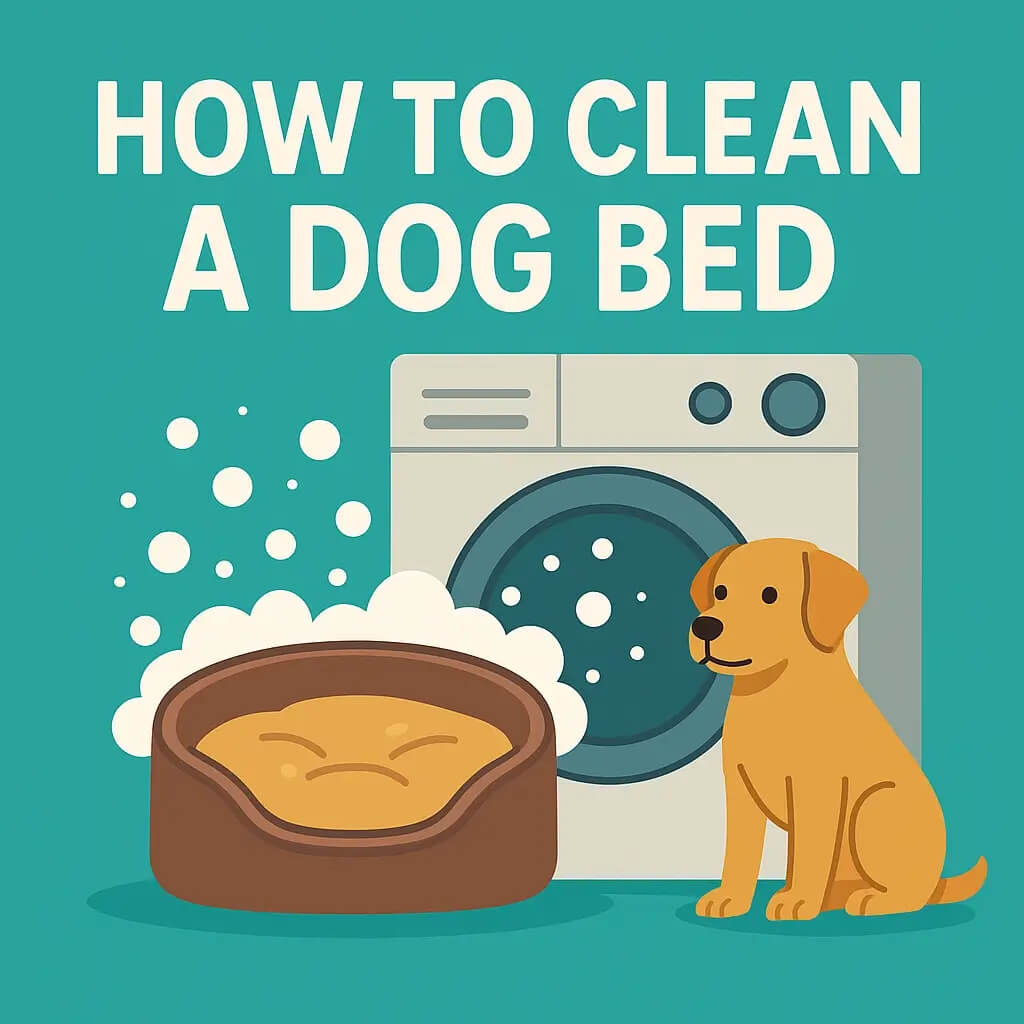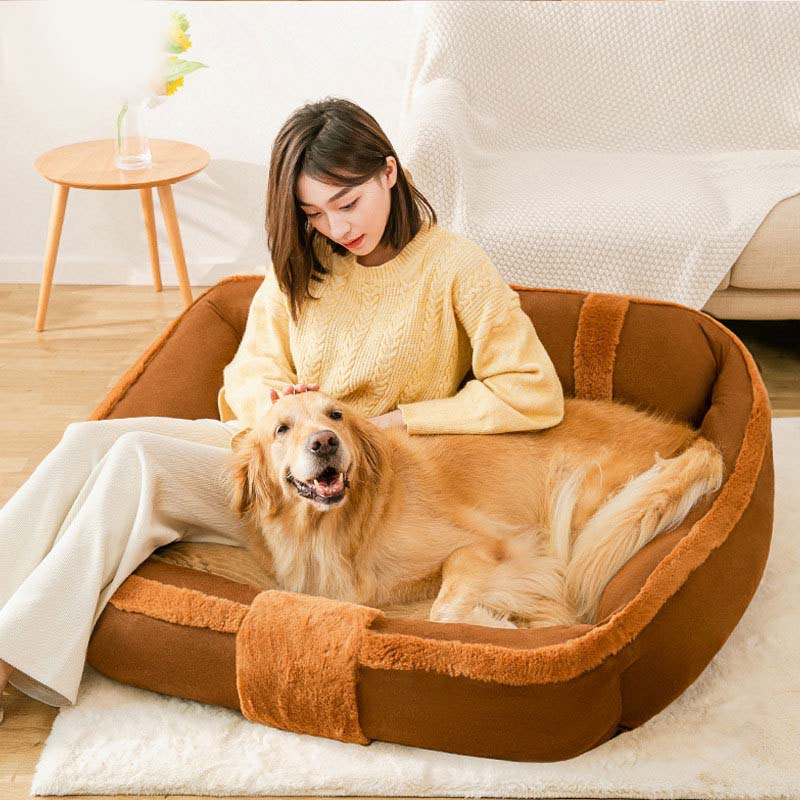The Cocker Spaniel is one of the most popular dog breeds in the world—famous for its soft, silky coat, cheerful personality, and those irresistible round eyes. These lovable four-legged friends are known for their playful, loyal nature and make excellent companions for families, singles, and seniors alike.
But did you know there are two breeds of Cocker Spaniel? The English Cocker Spaniel and the American Cocker Spaniel share the same ancestry but were developed differently over time. Understanding their differences can help you decide which is the best fit for your home.
History and Origin
The Cocker Spaniel originated in Spain, where early spaniels were bred as hunting dogs to flush out woodcock—which inspired their name “Cocker.” Over the centuries, breeders refined them for fieldwork, producing strong, intelligent dogs suited for both agility training and companionship.
When the breed reached America in the 19th century, it eventually split into two separate breeds — the English Cocker Spaniel and the American Cocker Spaniel. The American Kennel Club (AKC) classifies both as sporting dogs, but they differ slightly in build and purpose:
-
The English Cocker Spaniel stands about 15–17 inches tall and weighs 26–34 pounds, bred primarily for fieldwork.
-
The American Cocker Spaniel is slightly shorter and lighter, 13.5–15.5 inches tall and 20–30 pounds, with a rounder head and longer coat, designed to appeal to show judges.
These Cocker Spaniel puppies were once prized for their hunting skills and are now beloved for their joyful personalities and family-friendly temperament.
Understanding the Difference: English vs. American Cocker Spaniels
While both types of Cocker Spaniels share a common ancestor, there are notable differences between the English and American varieties. The English Cocker Spaniel is typically taller, with a more athletic build and a longer muzzle, while the American Cocker Spaniel has a shorter muzzle and a more compact, rounded body. These differences are due to selective breeding for specific traits in the American Kennel Club (AKC) and the English Cocker Spaniel Club.
The American Cocker Spaniel became a popular choice for families looking for a friendly dog with an adaptable nature. In contrast, the English Cocker Spaniel remains a strong contender in the field of sporting dogs and gun dogs, prized for their stamina and precision in the field.
Temperament and Personality
If you’ve ever met a Cocker Spaniel, you know their charm is irresistible. They are gentle, intelligent, and affectionate dogs who thrive on companionship and attention.
These dogs were bred to work closely with humans, and that bond shows in their personality. They’re sensitive, eager to please, and easily motivated by praise or treats.
Personality traits:
-
Friendly & outgoing: They love meeting new people and are generally good with children, cats, and other pets.
-
Energetic but manageable: Their energy level makes them great for fun activities like fetch, short hikes, or playful adventures in the yard.
-
Emotionally sensitive: Cockers pick up on human moods and respond best to gentle, positive reinforcement during training.
While known for their merry temperament, some individual dogs may be shy or reserved around strangers. Early socialization helps ensure a confident and well-adjusted companion.
Grooming and Coat Care
A Cocker Spaniel’s silky, medium-length coat is one of its most defining features. It’s beautiful but requires commitment to grooming.
Brushing and Bathing
Brush the coat three to four times a week to prevent tangles and mats, especially around the legs, chest, and feathering. Use a slicker brush and detangling spray to maintain that smooth, glossy appearance.
Bathe your dog every four to six weeks using a gentle, pH-balanced dog shampoo. Always rinse thoroughly to avoid soap residue, which can cause skin irritation or allergies.
Ear Care
Cocker Spaniels have long, floppy ears that trap moisture, making them prone to ear infections — the most common source of health issues in the breed due to trapped moisture.
-
Dry their ears completely.
-
Check for redness, odor, or wax buildup.
-
Use a vet-approved ear cleaner to help prevent infections.
Trimming and Nails
Schedule professional grooming every 6–8 weeks to trim the coat evenly and maintain their signature look. Don’t forget to clip nails, clean teeth, and trim hair around the paws to avoid slipping on smooth floors.
Proper grooming not only keeps them looking lovely but also reduces shedding, pet dander, and potential skin problems.
Exercise and Activity Needs
Though small in size, the Cocker Spaniel is an active breed that needs daily exercise to stay healthy and happy. They were originally bred for fieldwork, so their instinct to explore and move remains strong.
Ideal daily routine:
-
At least 60 minutes of daily exercise — including brisk walks, fetch, or agility training
-
Occasional agility training, toys, or scent games.
-
Short play sessions for Cocker Spaniel puppies help build endurance safely.
Without enough exercise, Cockers may become anxious or gain weight — two common problems that can affect their health and lifespan.

Health and Common Conditions
Like many medium-length coat breeds, the Cocker Spaniel is generally healthy but prone to a few common conditions. Responsible breeders and regular vet visits are essential for prevention.
Cocker Spaniels are generally healthy, but they can be prone to certain genetic and environmental conditions. Responsible breeders test for these issues, and regular vet checkups are crucial for prevention.
Ear Infections
Due to their long ears and narrow ear canals, Cockers are prone to bacterial and yeast infections. Regular cleaning and thorough drying after baths or swimming are vital to keep their ears healthy.
Hip Dysplasia
This hereditary condition affects the hip joint, leading to discomfort and stiffness. Keeping your dog at a healthy weight, providing low-impact exercise, and feeding a nutrient-rich diet with joint supplements can help.
Eye Diseases
Progressive retinal atrophy (PRA), cataracts, and glaucoma are relatively common. Watch for signs like cloudy eyes or hesitation in dim light, and consult your vet for regular screenings.
Skin Irritation
Cockers can develop skin allergies, often triggered by food, environment, or soap residue. Use hypoallergenic shampoos, maintain consistent bathing schedules, and monitor for excessive scratching.
Obesity
Overfeeding or too many treats can lead to weight gain. Feed measured portions and provide two meals a day instead of free-feeding.
Diet and Nutrition
Feeding your Cocker the best diet supports long-term wellness, strong joints, and a shiny coat. Their diet should include high-quality protein, moderate fat, and essential nutrients.
Feeding guidelines:
-
Serve two balanced meals per day to prevent overeating.
-
Ensure access to clean water at all times.
-
Include foods rich in omega-3 fatty acids for coat health and joint support.
-
Avoid table scraps, which can upset digestion or cause skin issues.
A vet can recommend portion sizes based on your dog’s weight, age, and activity. Maintaining a lean body condition helps prevent hip dysplasia and supports overall well-being.
Living With a Cocker Spaniel
Owning a Cocker Spaniel is a rewarding dog ownership experience. These dogs crave companionship and thrive when included in family activities.
These dogs thrive in environments that offer:
-
Consistent training and gentle discipline
-
Daily exercise and interaction
-
A cozy, comfortable home environment
Cocker Spaniels are social animals that form deep emotional bonds. With proper care, your brown and white Cocker will bring warmth and joy for years to come.
Cocker Spaniels' Role in the Show Ring and Field
Both the American Cocker Spaniel and the English Cocker Spaniel have distinct roles in the dog world. While the American Cocker Spaniel is popular in the show ring, praised for its refined appearance and elegant coat, the English Cocker Spaniel is more often seen in the field, where its skills as a pointing dog come to life.
The Cocker Spaniel Club plays a significant role in promoting these dogs, whether it's for companionship or as sporting dogs. Their participation in field trials and hunting events showcases their skills in retrieving and flushing out birds. If you're looking for a dog with hunting instincts, the English Cocker Spaniel is a fantastic choice, while the American Cocker Spaniel may be better suited for show and family life.
Common Colors and Patterns in Cocker Spaniels
Cocker Spaniels come in a variety of colors and patterns, which adds to their appeal. Some common colors include solid color varieties like blue roan, black, and white Cocker Spaniels, while others may have tan points or other color markings. These dogs are often seen with a long coat that can be styled in many ways depending on the owner's preference.
Are Cocker Spaniels Good with Other Pets?
Cocker Spaniels are generally known for their friendly and sociable nature. As a friendly dog that enjoys human companionship, they tend to get along well with other pets, including cats and other dogs. However, like all dogs, they need to be introduced to new pets in a calm and controlled manner, especially if there are two dogs in the household.
Their sociable temperament makes them a popular choice for families with children and other breeds of dogs. That said, they do need time to adjust to new environments, so proper introductions and supervision are important, especially in multi-pet households.
Cocker Spaniels as Show Dogs
Both English Cocker Spaniels and American Cocker Spaniels are frequently seen in the show ring, thanks to their stunning appearance and elegant demeanor. The English Cocker Spaniel Club and the Cocker Spaniel Club are two prominent organizations that oversee the breed's standards, ensuring that dogs meet the criteria set forth by the AKC.
In the show ring, the breed standard for Cocker Spaniels includes traits such as a well-proportioned head, long flowing coat, and graceful movement. Breeders often aim for dogs with specific features, like the longer muzzle of the English Cocker Spaniel or the more compact build of the American Cocker Spaniel.
FAQs
What are the pros and cons of a Cocker Spaniel?
Pros: Loving, intelligent, adaptable, and great with children and other pets.
Cons: Requires regular grooming, prone to ear infections, and can become anxious if left alone too long.
Is a Cocker Spaniel a good house dog?
Yes! They are ideal house dogs — gentle, affectionate, and adaptable to small or large living spaces as long as they receive daily exercise and companionship.
Do Cocker Spaniels bark a lot?
They can. Cockers may bark when bored or to alert their owners. Training, mental stimulation, and consistent routines help curb excessive barking.
Is a Cocker Spaniel hypoallergenic?
No, Cocker Spaniels aren’t hypoallergenic. They shed moderately, and their pet dander can cause allergies in sensitive people. Regular grooming helps reduce allergens.
Conclusion
If you're looking for a friendly dog that is loyal, affectionate, and versatile, the Cocker Spaniel could be the perfect match for you. Whether you choose the American Cocker Spaniel for its show dog potential or the English Cocker Spaniel for its hunting prowess, you're getting a loving and devoted companion.
As with any breed, it's important to do your research and consider your lifestyle before adopting. Cocker Spaniels require regular grooming, exercise, and attention to their health. But with the right care and commitment, they make wonderful pets that bring joy to any home.











